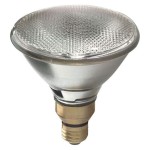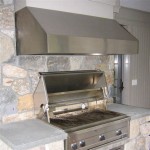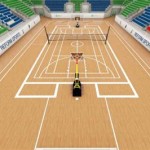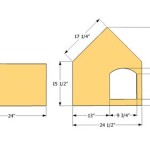Outdoor Shooting Range Design Specifications
The design of an outdoor shooting range is a multifaceted endeavor, encompassing safety, functionality, and environmental considerations. This article delves into essential design specifications for outdoor shooting ranges, providing a comprehensive guide for developers, architects, and range operators.
Safety First: Minimizing Risk
Safety is paramount in any shooting range design. This principle dictates the fundamental elements of layout, construction, and operational procedures. The primary objective is to prevent accidents and ensure the well-being of shooters and range personnel.
A key element is
firing line configuration
. This should be designed to prevent crossfire, ensuring that projectiles cannot stray into adjacent firing lines. To achieve this, firing lines should be spaced sufficiently apart, and appropriate backstops should be employed.Backstops
serve as a critical safety component. They are designed to absorb the impact of projectiles, preventing them from ricocheting or penetrating beyond the designated range boundaries. Various backstop materials are available, including earth berms, steel plates, and specialized ballistic materials. The selection of backstop materials depends on the caliber and velocity of projectiles used at the range.Range layout
plays a crucial role in safety. A well-designed range minimizes the risk of accidental discharges and mishaps. This includes strategically placed barriers, designated safe zones, and clear signage. The range should also have a robust communication system to alert shooters and staff in case of emergencies.Functionality: Optimizing Shooting Experience
Beyond safety, a well-designed outdoor shooting range prioritizes functionality and user experience. This encompasses factors that enhance the shooting experience, accommodate different types of firearms and shooting disciplines, and ensure accessibility for all shooters.
Target systems
are a fundamental aspect of range functionality. These systems should be robust, reliable, and capable of accommodating various shooting disciplines. Options include static targets, moving targets, and electronic target systems, with each offering distinct advantages.Lighting
is essential for optimal shooting conditions, especially during evening hours or in low-light environments. Appropriate lighting levels should be implemented to ensure target visibility and minimize shadows. A combination of overhead lighting and targeted illumination on the firing line can provide optimal results.Accessibility
is paramount in range design. Shooters with disabilities should have equal access to all range facilities. This includes provisions for wheelchair users, ramps, and accessible restrooms.Environmental Considerations: Protecting the Ecosystem
Sustainable design practices are increasingly crucial in shooting range development. This involves minimizing environmental impact and promoting responsible range management.
Lead management
is a fundamental environmental concern. Shooting ranges generate lead residue, which can contaminate the soil and nearby water sources. Proper lead containment systems, including lead traps and regular cleanup procedures, are essential for minimizing environmental pollution.Noise mitigation
is another significant environmental factor. Noise from firearms can affect nearby communities. Mitigation strategies may include the use of sound barriers, noise-dampening materials, and restrictions on firing times.Water management
is essential in outdoor shooting ranges. Runoff from the range can carry contaminants and pollutants. A comprehensive water management system, including drainage channels, retention ponds, and filtration systems, helps protect local water sources.In conclusion, the design of an outdoor shooting range demands careful consideration of multiple factors, including safety, functionality, and environmental impact. By adhering to these specifications, developers, architects, and range operators can create safe, enjoyable, and environmentally responsible facilities for shooters of all levels.

Standard Outdoor Firing Range Layout A Schematic Of Scientific Diagram

Firing Range Wbdg Whole Building Design Guide
Range Design Construction Guidelines
Range Design Construction Guidelines

Lead Soil Contamination Of Outdoor Firing Ranges

Shooting Range Wikipedia

Outdoor Shooting Range Construction Nra Specifications

Gun Range System Design Planning Construction Inveris

Shooting Dlgsc

Range Design Cubic
Related Posts








